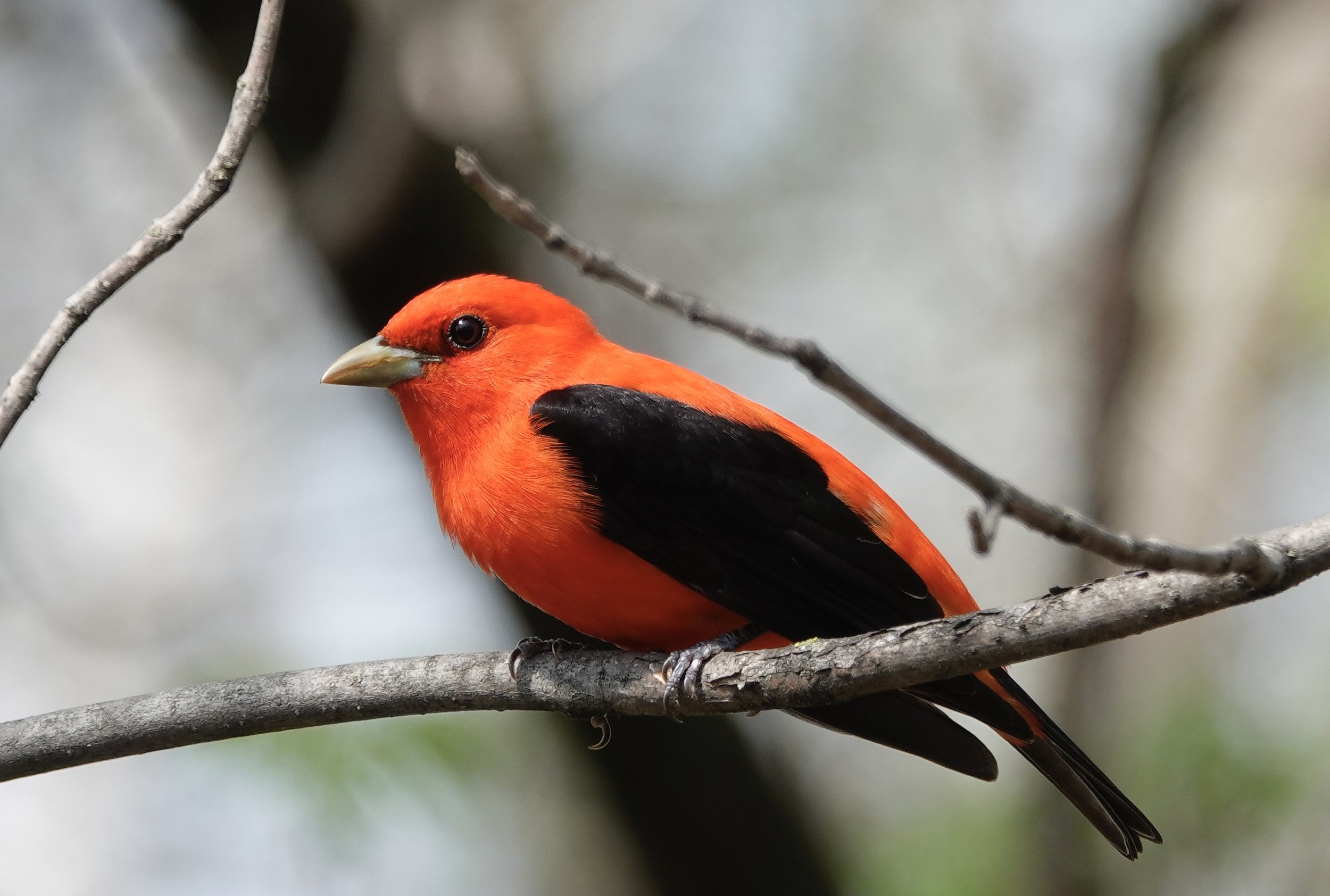Naturally
As I sampled wild strawberries, tiny and sweet, I marveled at the butterflies moving about the yard. Eastern tiger swallowtails (flight times mid-May to early September in my yard), clouded sulphurs (on the wing from late May to early October), red admirals (early May-early October) and spring azures (late April-late June). William Henry Davies wrote, “A poor life this if, full of care, we have no time to stand and stare.”
White grubs are the larvae of June beetles and Japanese beetles. Their presence produces dead patches on a lawn. Their feeding injures plant roots, causing the turf grass to wilt and die. Raccoons, skunks and crows tear up a lawn looking for these grubs to eat.
Dame's rocket blooms May-July and is often confused for a native phlox, but it has four petals and phlox has five-petaled flowers. Dame's rocket can form massive colonies, typically settling in disturbed soils. Yellow goat’s beard is evident on roadsides. The flowers are followed by seedheads resembling a dandelion on steroids.
Cedar waxwings fed on mulberries as a deer snorted in my direction. It’s an alarm signal. It made the distinctive sound by expelling air forcefully through its nasal passages.
Dragonflies zipped through the air. One study found dragonflies had a 95-97% success rate in capturing prey. African lions have about a 25% success rate.
In early June, I watched a flock of trumpeter swans flying over. The Cornell Lab of Ornithology reported molt migrations similar to that done by Canada geese. A trumpeter swan named Louis was the main character in E. B. White’s children’s book, “The Trumpet of the Swan.”
Q&A
“How long have red-bellied woodpeckers been in Minnesota?” T.S. Roberts first observed the bird in June 1898 in Houston County. They were found in Goodhue County in 1900 and in Minneapolis by 1908. There is a 1907–1908 winter record in Rochester and one in the fall of 1908 in Steele County. Nesting was first confirmed in 1903 in Red Wing. Roberts noted the species was likely breeding farther south in the state for many years prior.
“Does a bird’s bill continue to grow?” A bird’s beak is made of keratin, like our fingernails, and grows continuously throughout its life. The beak must be constantly ground down via the bird’s normal activities.
“Are the feet of dabbling ducks different from those of divers?” While dabblers occasionally dive to feed or to escape predators, they typically skim food from the surface or feed in the shallows by tipping forward to submerge their heads and necks. Diving ducks propel themselves underwater with large feet attached to short legs situated far back on the body. Dabblers have smaller feet and their legs are situated farther forward. Many divers also dabble.
“How long do hummingbirds live?” Most ruby-throated hummingbirds die in their first year, but when they've survived a year, their lifespan is 3-5 years. Their short legs prevent them from walking or hopping. The best they can do is shuffle along.
“Do great horned owls add anything to a nest?” They commandeer the nests of red-tailed hawks, crows, ravens, herons, squirrels and even eagles. Owls may line the nest with bark, leaves, their own down and fur or feathers from prey.
Matt Haase of Mankato asked how he could stop the attacks by stable flies. The flies resemble house flies and are about 1/4-inch long, and are sometimes called "biting house flies" or “ankle biters” and tend to attack during daylight hours. They have checkerboard markings on the abdomen and bayonet-like mouthparts used to pierce the skin and suck blood. Both sexes can inflict a painful bite. Wearing pants and long sleeves is the best way to avoid bites, which can sting and itch. The flies go after pets, too. Stable flies breed in damp organic matter, such as animal bedding and grass clippings. Wearing blue-colored clothing attracts stable flies for unknown reasons. People have told me DEET has been helpful and EPA research states that repellents containing Picaridin repel the pests. A flamethrower might prove effective, but please resist the urge to use it on the stable flies.
“Is a butterfly bush good for butterflies?” A butterfly bush provides nectar for butterflies, but it offers no value for the butterfly or moth larvae. Not a single native North American caterpillar feeds on its leaves according to entomologist Doug Tallamy in his book “Bringing Nature Home.“
“What would kill a baby raccoon?” Coyotes, foxes, great horned owls, dogs, bobcats, adult male raccoons, cars and humans. Ingesting a poison such as antifreeze leaked from a car is another possibility.
Thanks for stopping by
“No man is lonely while eating spaghetti: it requires so much attention.“—Christopher Morley.
“The time you enjoy wasting is not wasted time.”—Bertrand Russell.
Do good.
@Al Batt 2022
The song of the scarlet tanager has been compared to the song of a robin with a sore throat. Photo by Al Batt.
Take a hooked bill, aquamarine eyes and fecal matter that can kill a nest tree and what do you have? Either my Uncle Herman or a Double-crested Cormorant.


